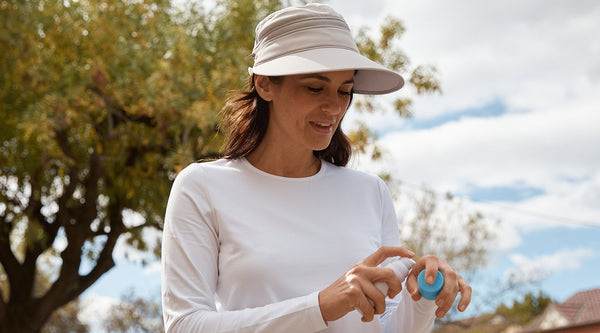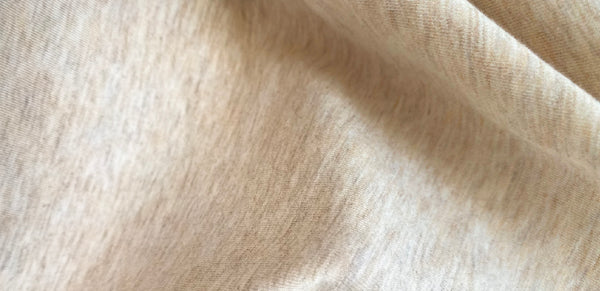You can see sunlight and feel the sun's heat. However, you cannot see or feel ultraviolet (UV) radiation.
It’s a common misconception that sun damage only occurs in hot climates, as many people associate damage with the visible signs of sun exposure, i.e sunburn.
You may be surprised to learn that the sun’s UVA and UVB rays actually have different, yet equally harmful, effects on the skin. They also have the potential to cause damage in the winter, as well as in the summer.
What is UV radiation?
UV radiation comes directly from the sun. It can bounce off surfaces such as buildings, concrete, sand, water and snow. It can also pass through light cloud cover.
Up to 90% of UV rays pass through clouds, so even when it’s cloudy, you need to protect yourself against the sun’s radiation.
What is UVA?
UVA cause skin aging and leads to the skin feeling dry, wrinkly, roughened and saggy. In high doses, UVA can also cause the skin to burn, DNA damage in the skin, skin cancer and melanoma.
- UVA can pass through window glass and penetrate deep into the layers of the skin
- UVA contributes to premature skin aging, including fine lines and wrinkles
UVA rays are known as the ‘aging rays’ and are present during all daylight hours, regardless of the temperature. These rays can also penetrate glass and clouds; so don’t be fooled by cooler temperatures.
Cumulative exposure to UVA is known to assist in the development of skin cancer, as UVA rays penetrate the skin much more deeply than UVB.
UVA is a major factor in skin aging and is also the dominant tanning ray.
What is UVB?
UVB tends to cause the skin to burn and also causes skin damage and skin cancer.
- UVB penetrate the outer layer of skin, causing damage to skin cells
- UVB rays are the primary cause of sunburn
- UVB may be directly linked to skin cancer
UVB is the burning ray. These rays do not penetrate as deep as UVA rays, however they can cause severe damage to the skin’s epidermal layers. These rays do not significantly penetrate glass and their strength can vary depending on the time of day. However, they can reflect off surfaces such as snow and ice, which means they can still cause damage in the winter.
When using sunscreens, always make sure it is broad spectrum, which means that it will block UVA & UVB. The SPF factor will indicate the amount of UVA and UVB rays it blocks.

What about UVC rays?
Whilst UVC is the most dangerous form of UV rays, they are actually filtered completely out by the ozone layer so these rays never reach the Earth’s surface. UVC rays are also generated by electric welding equipment, so it is essential to be very well covered up and protected if you use such equipment.
What does UV Index mean?
It's a way of measuring the amount of UV radiation on the earth’s surface at solar noon on a particular day.
How to maintain a healthy skin?
All SOLBARI products are rated UPF50+ and effectively protect your skin against all harmful UV rays.
You can find out more about Solbari's sun protective range by clicking the blue links below:
Women UPF 50+
Men UPF 50+
Sun hats UPF 50+
Accessories UPF 50+
SPF 50+ Sunscreen



